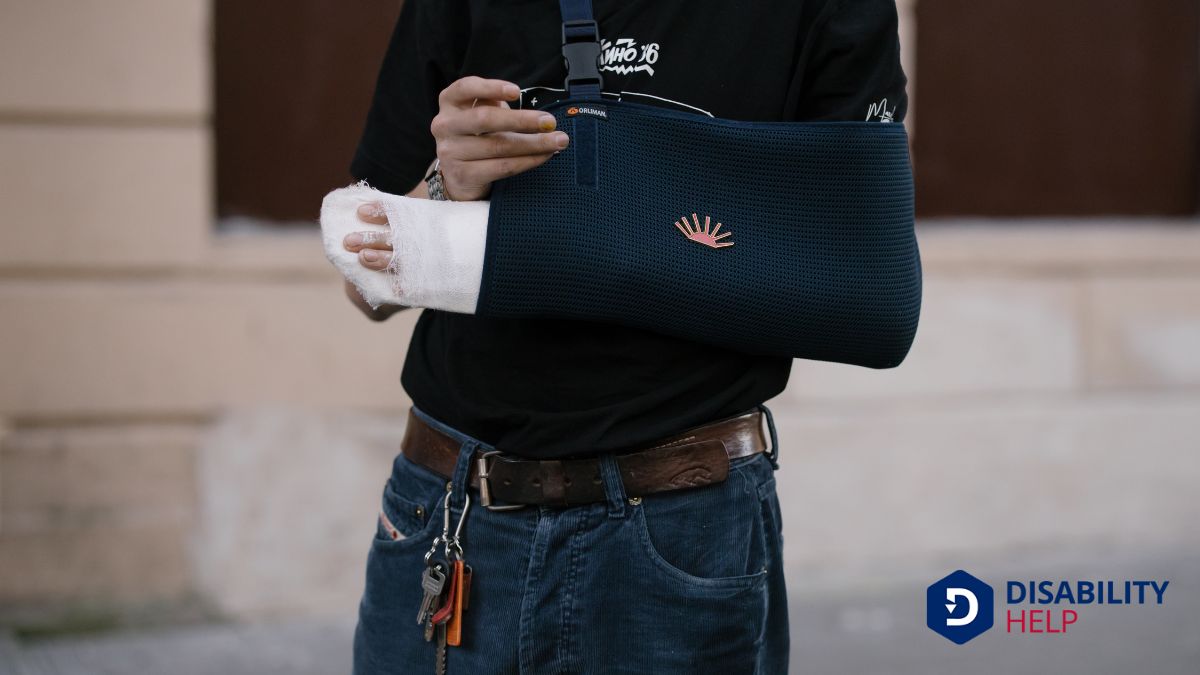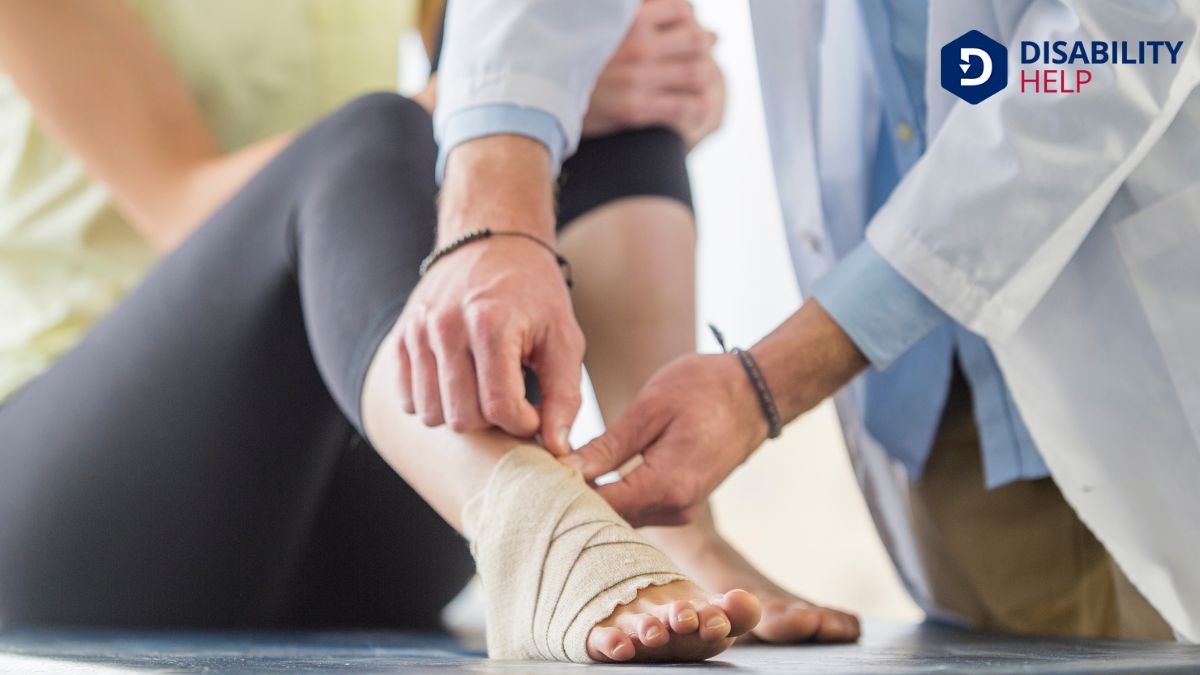Let’s talk about the essential steps we should take right after an accident to guarantee everyone’s safety and prepare for any future claims. First, it’s important to stay calm and check for injuries among ourselves and our passengers. Moving to a safe location and calling emergency services are next on our list. There’s more to reflect on, like exchanging information and documenting the scene. Curious about the rest?
Key Takeaways
- Remain calm, assess the situation, and check for injuries among all parties involved.
- Move vehicles to a safe location and turn on hazard lights if possible.
- Call emergency services, providing clear details about the accident and any potential hazards.
- Exchange contact and insurance information with other parties involved.
- Document the accident scene with photos and gather witness information for future reference.
Ensure Safety and Check for Injuries
When we're involved in an accident, ensuring everyone's safety and checking for injuries should be our top priority.
First, let's remain calm and assess the situation. It's essential to check ourselves and passengers for any signs of harm. If anyone appears injured, we should avoid moving them unless there's immediate danger, as this might worsen their condition.
Next, let's communicate clearly and reassure everyone involved. It helps to ask if anyone feels pain or discomfort. Even if injuries seem minor at first glance, they can still be serious. We need to call emergency services promptly for any medical attention required.
Finally, make sure we stay visible and alert to avoid further risks. Our ability to act calmly and responsibly can make a significant difference.
Move to a Safe Location

After checking for injuries and ensuring everyone's safety, our next step is to move to a safe location.
It’s essential to get ourselves and any passengers away from ongoing traffic or potential hazards. If our vehicle is drivable, let’s carefully steer it to the side of the road or a nearby parking area. We should always turn on hazard lights to alert other drivers of our presence.
However, if the vehicle can't be moved, it's safer to stay inside with seatbelts fastened until help arrives. Let's keep a safe distance from the scene if we must exit. This minimizes the risk of further accidents.
Call Emergency Services
Once we're in a safe location, let's call emergency services immediately.
We need to clearly provide accident details, request any necessary medical assistance, and guarantee they know how to reach the scene.
This call helps secure the accident scene and guarantees the right help is on the way.
Provide Accident Details
In the aftermath of an accident, it’s important to remain calm and promptly call emergency services to guarantee everyone's safety.
When we contact them, providing clear, concise details is vital. Start by describing the accident's location as precisely as possible. Mention any landmarks or intersections nearby to help responders find us quickly.
Next, explain the nature of the accident. Were there vehicles involved? How many people are affected? These details help emergency services decide on the resources needed.
Also, mention any potential hazards, like fuel leaks or blocked roads, to guarantee their safety upon arrival.
Our ability to communicate effectively can make a significant difference in how swiftly help arrives and how well the situation gets managed.
Let's promote clarity for a quicker response.
Request Medical Assistance
When an accident occurs, it’s vital to request medical assistance immediately by calling emergency services. We must act quickly to guarantee everyone's safety and well-being.
Here are three key steps to follow:
- Call 911: Dial the emergency number to connect with professional help. Clearly describe the accident's location and any injuries observed. This information helps responders arrive prepared.
- Stay Calm: Keeping a level head enables us to communicate effectively. Panic can lead to confusion, so take a deep breath and focus on providing accurate details to the dispatcher.
- Assess Injuries: While waiting for help, evaluate if anyone needs urgent care. Avoid moving injured individuals unless there's an immediate danger. Our actions during these moments can greatly impact outcomes.
Secure Accident Scene
Securing the accident scene is crucial to prevent further harm and guarantee everyone's safety.
First, let's switch on our hazard lights to alert oncoming traffic. If possible, we should move our vehicles to a safe spot like the shoulder of the road. This helps keep the area clean and prevents additional collisions.
Next, we need to call emergency services immediately. Reporting the accident guarantees that professional help arrives quickly, providing medical care and managing traffic flow.
While waiting, let's set up warning triangles or flares if we've them, adding extra visibility.
We should also keep ourselves and others at a safe distance from the roadway. By taking these steps, we not only protect ourselves but also assist emergency responders in doing their jobs efficiently.
Exchange Information With Other Parties
After an accident, one of the most essential steps is exchanging information with the other parties involved. This not only helps us address any immediate concerns but also guarantees a smoother process later on, whether it’s for insurance claims or legal matters.
Here’s how we can effectively exchange information:
- Personal Details: Share and collect full names, addresses, and phone numbers. This basic information is critical for follow-up communication.
- Insurance Information: Exchange insurance company names and policy numbers. This allows us to file claims efficiently and avoid unnecessary delays.
- Vehicle Details: Record the make, model, color, and license plate number of the other vehicles. These details are essential for accurate reporting and documentation.
Document the Accident Scene
Although it may feel overwhelming at the moment, documenting the accident scene is essential for protecting our interests.
Let's start by taking clear photos of the entire scene, capturing all vehicles involved, any visible damages, and surrounding signage or landmarks. This visual evidence can provide invaluable context later.
Next, we should note down specifics like the time, location, and weather conditions. These details could influence the clarity of the situation and help us recall the event accurately when needed.
It's also wise to jot down any unusual circumstances, like road hazards or obstructions, that might've contributed to the accident.
Gather Witness Information
One of the next essential steps is to gather witness information.
Witnesses can provide vital insights that might support our version of events. Let’s make sure we handle this efficiently:
- Identify Witnesses: Quickly look around to see who witnessed the accident. Approach them calmly and politely to ask for their help.
- Collect Contact Details: Ask for their name, phone number, and email address. It’s essential to have multiple ways to reach them later.
- Note Their Observations: Politely inquire about what they saw or heard. If they’re willing, record their statements using your phone or write down key points.
Notify Your Insurance Company
Contacting your insurance company promptly is essential following an accident.
It's important we report the incident as soon as possible to guarantee a smooth claims process.
When we call, let's have all the necessary information ready: the date, time, location, and details of the accident.
If we've gathered witness information, we should provide that, too.
Seek Medical Attention

After an accident, it's essential that we assess the severity of any injuries, even if they seem minor at first.
By documenting our medical findings, we guarantee that we've accurate records for any future claims or treatments.
Let's also remember to follow our doctor's advice closely to promote a full and safe recovery.
Assess Injury Severity
When we find ourselves in the aftermath of an accident, it’s important to promptly evaluate the severity of any injuries sustained. Quick action can make a significant difference in recovery and safety.
Here's how we can assess injury severity:
- Visual Check: Look for visible signs of injury like cuts, bruises, or swelling. This helps identify immediate concerns that need urgent attention.
- Pain Assessment: Listen to our bodies. If we experience pain or discomfort, it’s a clear signal something could be wrong, even if it isn't visible.
- Mobility Check: Gently try moving limbs and joints. Any difficulty or pain in movement can indicate a more serious injury that requires professional evaluation.
Document Medical Findings
Let's make documenting medical findings a priority after an accident. It’s essential to seek medical attention immediately, even if we feel fine. Some injuries aren't obvious right away, and a medical professional can identify them.
We'll want to obtain thorough records of all medical evaluations and treatments. This documentation can include doctor’s notes, diagnostic test results, and prescribed medications. It’s important because it provides a clear picture of our health, ensuring we're not overlooking any issues.
These records will also be valuable if we need to file an insurance claim or take legal action later. Let’s keep copies of everything, organized and accessible, so we've extensive proof of our medical condition following the accident.
Follow the Doctor's Advice
Although it might seem tempting to downplay our injuries, it’s imperative we follow our doctor's advice and seek medical attention promptly. Ignoring medical guidance can worsen our condition and complicate any future claims.
Here’s what we should do:
- Attend all appointments: Sticking to scheduled medical visits is essential. It guarantees our injuries are properly monitored and treated.
- Follow prescribed treatments: Whether it’s medication, therapy, or rest, adhering to our doctor's recommendations aids in a smoother recovery.
- Document everything: Keep a detailed record of treatments, symptoms, and any changes in our health. This not only helps us track progress but also serves as critical evidence if legal issues arise.
Let’s prioritize our health and follow through with these steps.
Keep Detailed Records and Follow Up
After an accident, it’s essential that we keep detailed records of everything related to the incident. Let’s jot down important details like dates, times, and locations, as they’ll help us stay organized.
We should also collect names and contact information of witnesses and keep copies of any medical reports and police reports. Photos of the scene, our injuries, and any property damage can be invaluable too.
Following up is just as important. We ought to regularly check on the progress of any claims and guarantee that all paperwork is complete.
Staying in touch with insurance companies, legal advisors, or any involved parties helps us manage the process smoothly. By maintaining thorough records and following up diligently, we’ll protect our interests effectively.
Conclusion
In the aftermath of an accident, it’s essential that we stay calm and take immediate action to guarantee everyone's safety. Let’s remember to check for injuries, move to a safe spot, and call emergency services. We should exchange information with others involved, document the scene, and gather witness details. Don’t forget to notify our insurance company and seek medical attention, even if you feel fine. By keeping detailed records, we’ll be better prepared for any follow-up steps.






